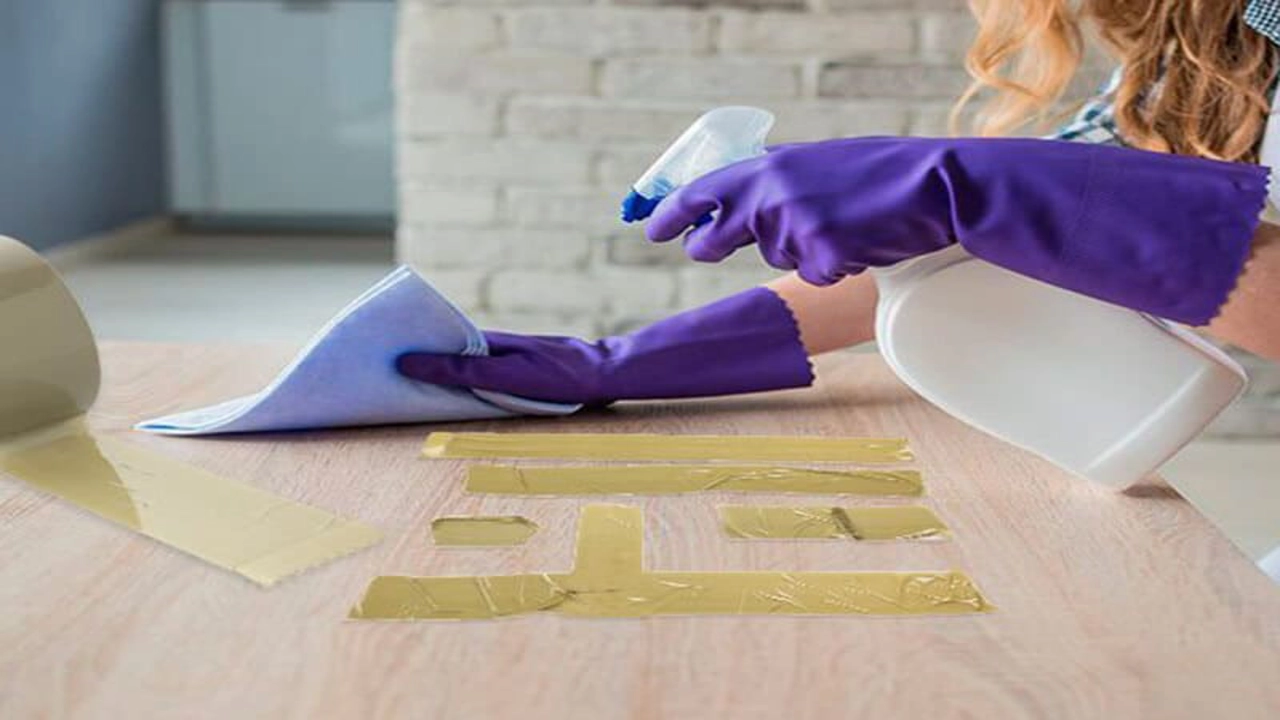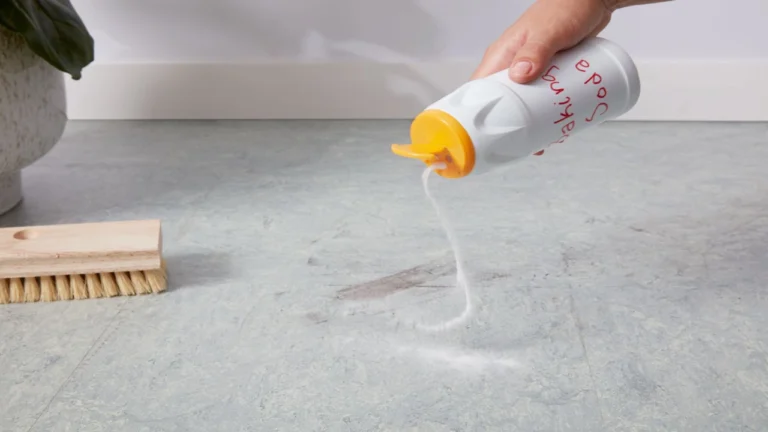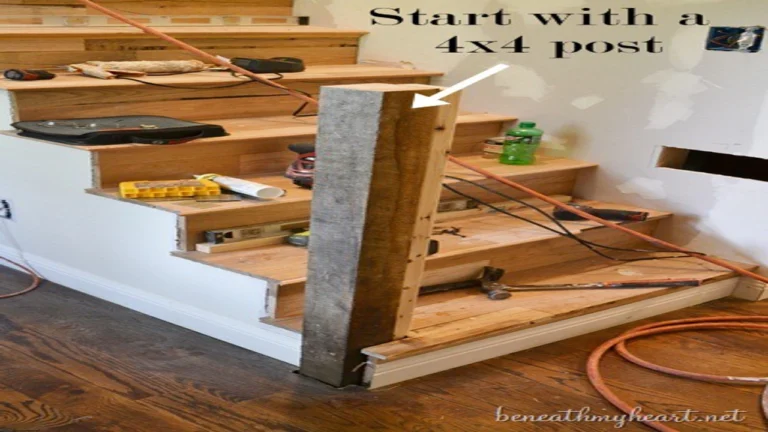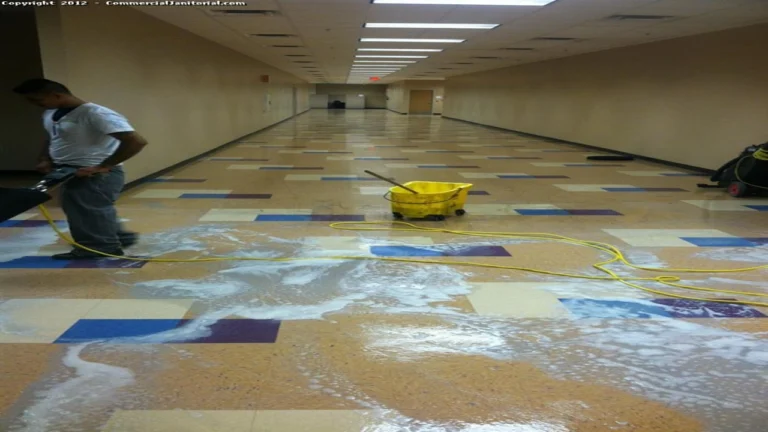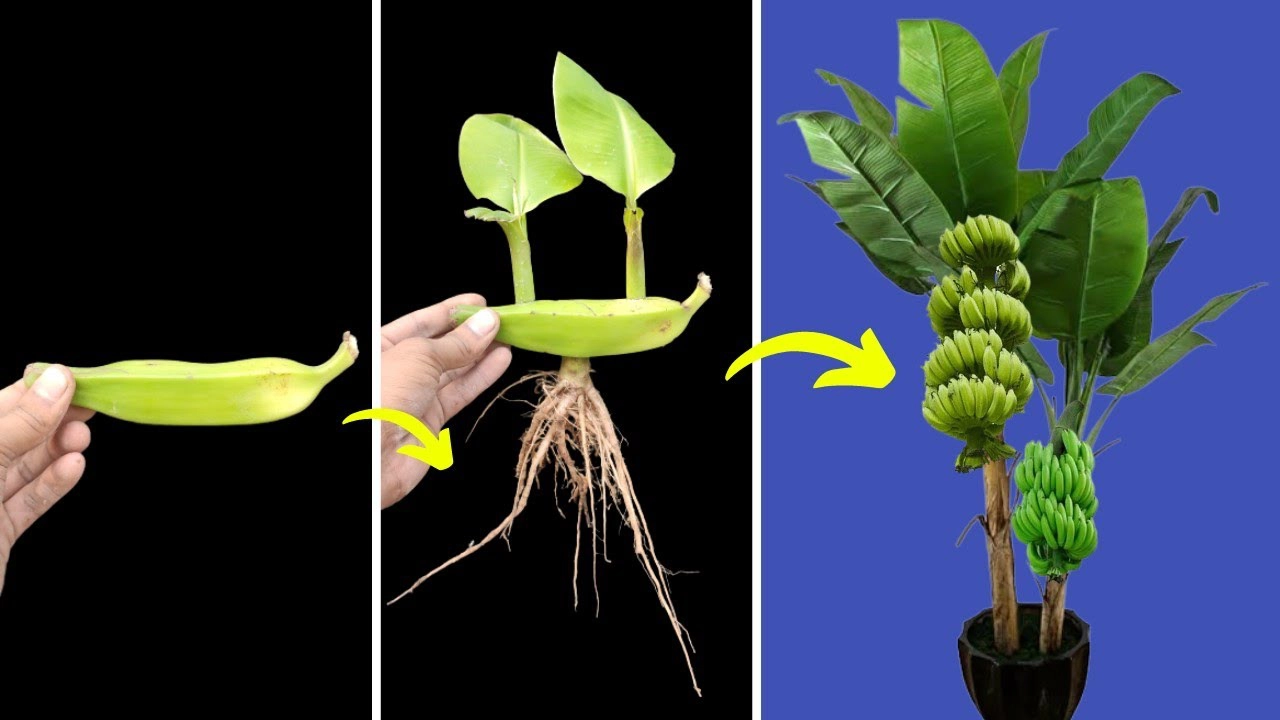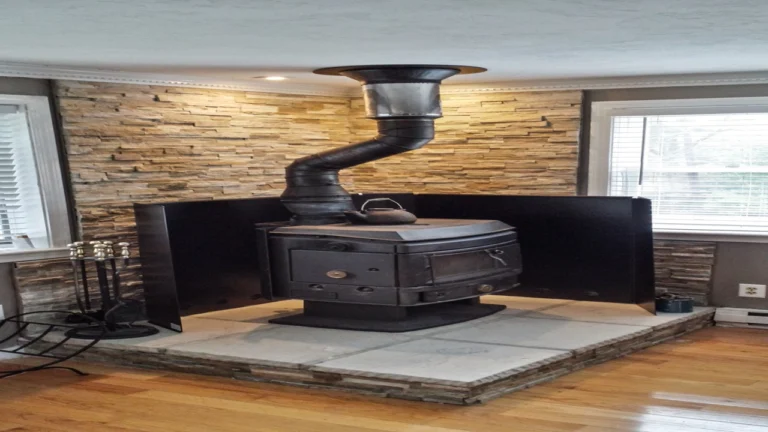Remove sticky residue from wood the ultimate guide
How to get sticky residue off wood can be a frustrating task, but with the right techniques, it’s easily achievable. Sticky residue, whether from glue, tape, or other adhesives, can leave an unsightly mark on your cherished wooden furniture or surfaces. Thankfully, there are several effective methods to remove this stubborn residue without damaging the wood.
This guide will provide a comprehensive overview of the most effective techniques to tackle sticky residue on wood. We’ll explore solutions ranging from simple household items like vegetable oil and baking soda to more specialized cleaning products. With our step-by-step instructions and helpful tips, you’ll be able to restore your wooden surfaces to their former glory.
remove sticky residue from wood the ultimate guide
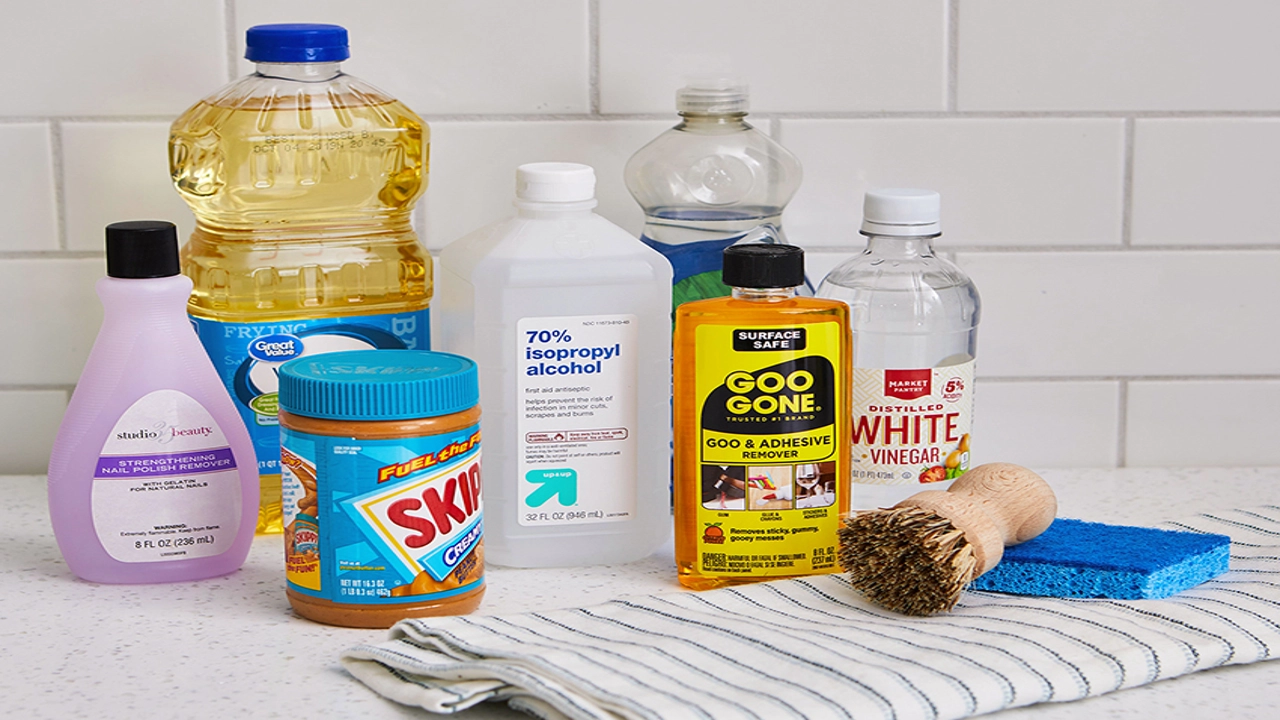
We’ve all been there. You’re happily working on a project, and suddenly, you find yourself staring at a stubborn patch of sticky residue on your beloved wood surface. Whether it’s leftover glue, tape, or even a stubborn price tag, this unsightly mark can be frustrating to remove. But don’t despair! We’re here to guide you through a variety of methods to tackle this sticky situation.
Tackling Sticky Residue: A Guide to Removing Unwanted Marks
“How to get sticky residue off wood” is a common search query, and for good reason. The right approach depends on the type of adhesive, the wood’s finish, and the severity of the residue. Here’s a breakdown of some effective techniques to try:
1. The Power of Patience: Gentle Removal with a Credit Card or Putty Knife
For fresh or lightly adhered residue, a simple scraping technique can do the trick. A credit card or a plastic putty knife are excellent tools for this. Gently scrape the surface in a back-and-forth motion, being careful not to scratch the wood. This method is particularly effective for removing price tags or labels from unfinished wood.
2. The Heat Treatment: Utilizing a Hairdryer or Heat Gun
Heat can soften adhesive, making it easier to remove. A hairdryer, set to a low heat setting, can be used to gently warm up the sticky area. After a few minutes, you can try to peel or scrape the residue away. For more stubborn cases, a heat gun might be necessary. Be extremely cautious with heat guns, as they can easily damage wood surfaces. Always test the heat on a less visible area first to ensure it doesn’t cause any discoloration.
3. The Goo Gone Approach: Chemical Solvents for Stubborn Residue
Commercial adhesive removers, like Goo Gone or similar products, are specifically designed to dissolve sticky substances. Follow the manufacturer’s instructions carefully, as these products can be harsh on some finishes. Always test the remover on a hidden area of the wood first. Apply the remover with a clean cloth or cotton ball, and gently rub the sticky area. After a few minutes, wipe away the residue and the remover with a clean cloth.
4. Natural Solutions: Baking Soda, Vinegar, and Vegetable Oil
For a more eco-friendly approach, consider using natural ingredients like baking soda, vinegar, and vegetable oil.
- Baking Soda Paste: Combine baking soda with a small amount of water to create a thick paste. Apply it to the sticky area and let it sit for a few minutes. Then, gently scrub with a soft cloth and rinse with water.
- White Vinegar: White vinegar can effectively dissolve certain types of glue. Dampen a cloth with vinegar and apply it to the sticky area. Let it sit for a few minutes, then scrub with a clean cloth.
- Vegetable Oil: For sticky residue on finished wood, vegetable oil can help to break down the adhesive. Apply a small amount of oil to the sticky area and let it sit for a few minutes. Gently rub the area with a clean cloth until the residue comes off.
5. Prevention is Key: Avoiding Sticky Situations
The best way to deal with sticky residue is to prevent it in the first place. Here are a few tips:
- Use masking tape when applying paint or other finishes.
- Apply a sealant to unfinished wood to make it less susceptible to sticking.
- Clean up spills immediately.
- Always use the right type of adhesive for the job.
Specific Cases: Addressing Sticky Residue on Different Wood Surfaces
The best approach to removing sticky residue depends on the wood surface you’re working with. Here are some tips for different wood finishes:
Unfinished Wood
Unfinished wood is more susceptible to staining, so it’s important to be gentle. Try the credit card scraping method or a baking soda paste. Avoid harsh chemicals or heat.
Finished Wood
Finished wood requires a more cautious approach. Start with a gentle method like a credit card or vegetable oil. If that doesn’t work, try a commercial adhesive remover, but be sure to test it on a hidden area first.
Varnished Wood
Varnished wood is more durable, but it’s still important to be careful. Try a gentle approach like a credit card or vegetable oil. If that doesn’t work, you can try a mild adhesive remover specifically designed for varnish. Avoid using abrasive cleaners or harsh chemicals on varnished wood.
Additional Tips for Tackling Sticky Residue
Here are some extra tips to help you succeed in your sticky residue removal mission:
- Work in a well-ventilated area. Some adhesives and removers can release fumes.
- Wear gloves to protect your hands.
- Use a clean cloth or sponge to apply any cleaning solutions or removers.
- Be patient and persistent. Removing sticky residue can take time.
- If all else fails, consult a professional wood refinisher.
Whether you’re dealing with leftover glue, tape, or a stubborn price tag, removing sticky residue from wood doesn’t have to be a daunting task. By using the right approach and a bit of patience, you can restore your wood surfaces to their former glory. Remember, prevention is key, so consider these tips to avoid sticky situations in the future!
sticky residue on your wood this one weird trick gets it off
Sticky residue on wood can be a real pain, especially when it’s left behind by labels, tape, or even spilled drinks. It can be unsightly and make it difficult to refinish or paint the wood. But don’t fret! There are plenty of ways to remove sticky residue from wood without damaging the surface. This comprehensive guide will give you all the information you need to tackle that sticky mess, so you can get your wood surfaces looking their best.
Identifying the Source of the Sticky Residue
The first step to effectively removing sticky residue from wood is to identify what kind of substance you are dealing with. This will help you determine the best cleaning method. Here are some common culprits:
- Adhesive from labels and tape: These often leave behind a stubborn residue that can be challenging to remove.
- Glue: Wood glue, craft glue, and other types of adhesive can also leave a sticky residue.
- Sap: Tree sap can be difficult to remove, especially if it has dried on the wood.
- Spilled drinks and food: Sugary substances like soda or honey can quickly harden and become sticky.
Remove Sticky Residue from Wood the Ultimate Guide – Essential Tools and Materials
Before you begin tackling the sticky residue, gather the following essential tools and materials:
- Soft cloth: This will be used to apply cleaning solutions and wipe away residue.
- Plastic scraper: This will help remove stubborn residue without scratching the wood.
- WD-40: This multi-purpose product can loosen up sticky residue and make it easier to remove.
- Rubbing alcohol: This is a good solvent for many adhesives.
- White vinegar: This can help dissolve sticky residue and remove odors.
- Baking soda: This can be used as a gentle abrasive to scrub away residue.
- Olive oil: This can be used to loosen up dried sap and make it easier to remove.
- Dish soap: This can help cut through grease and grime.
Remove Sticky Residue from Wood the Ultimate Guide – Effective Cleaning Methods
Now that you have your tools and materials, let’s dive into the different methods for removing sticky residue from wood:
1. Remove Sticky Residue from Wood the Ultimate Guide – Using WD-40
WD-40 is a versatile product that can be used to remove various types of sticky residue. Simply spray a small amount onto the affected area and let it sit for a few minutes. Then, use a soft cloth to wipe away the residue.
2. Remove Sticky Residue from Wood the Ultimate Guide – Rubbing Alcohol
Rubbing alcohol is another effective option for removing sticky residue, especially from labels and tape. Apply rubbing alcohol to a soft cloth and rub the affected area gently. You can repeat this process as needed until the residue is gone.
3. Remove Sticky Residue from Wood the Ultimate Guide – White Vinegar
White vinegar is a natural cleaner that can dissolve sticky residue without damaging the wood. Mix equal parts white vinegar and water in a spray bottle and apply it to the affected area. Let it sit for a few minutes, then wipe it away with a clean cloth.
4. Remove Sticky Residue from Wood the Ultimate Guide – Baking Soda
Baking soda is a mild abrasive that can help remove stubborn sticky residue. Mix a small amount of baking soda with water to create a paste. Apply the paste to the affected area and gently rub it in. Rinse the area with water and wipe it dry.
5. Remove Sticky Residue from Wood the Ultimate Guide – Olive Oil
Olive oil is an excellent option for removing dried sap from wood. Apply a small amount of olive oil to the affected area and let it sit for a few minutes. Then, use a soft cloth to wipe away the residue.
6. Remove Sticky Residue from Wood the Ultimate Guide – Dish Soap
Dish soap can be effective at removing sticky residue from food and drinks. Mix a few drops of dish soap with warm water and apply it to the affected area. Let it sit for a few minutes, then rinse with water and wipe dry.
Remove Sticky Residue from Wood the Ultimate Guide – Additional Tips
- Test the cleaning solution on a hidden area of the wood first. This will help ensure that the solution won’t damage the finish.
- Use a soft cloth or sponge. Avoid using abrasive materials that could scratch the wood.
- Be patient and persistent. Removing sticky residue may take some time and effort.
- Always wear gloves to protect your hands.
- Let the wood dry completely before applying any finish.
Remove Sticky Residue from Wood the Ultimate Guide – Preventing Sticky Residue
Here are some tips for preventing sticky residue from forming in the first place:
- Use a sealant or varnish on your wood surfaces. This will help prevent stains and make cleaning easier.
- Apply a layer of wax to protect your wood surfaces. Wax can help repel spills and make cleaning easier.
- Clean up spills immediately. The longer a spill sits, the more difficult it will be to remove.
Remove Sticky Residue from Wood the Ultimate Guide – Related Search Queries
- How to remove sticky residue from wood furniture
- How to remove sticky residue from wood floors
- How to remove sticky residue from wood without damaging the finish
- Best way to remove sticky residue from wood
- How to get rid of sticky residue from wood
- How to clean sticky residue from wood
- How to remove glue residue from wood
- How to remove tape residue from wood
- How to remove label residue from wood
- How to remove sap from wood
Now you’re equipped with the knowledge and techniques to tackle any sticky residue on your wood surfaces. Happy cleaning!
Sticky Residue Removal from Wood: Q&A
Q1: What are some common causes of sticky residue on wood?
A1: Sticky residue can come from various sources, including:
- Adhesive: Glues, tapes, and stickers.
- Grease and Oil: Cooking spills, fingerprints, or spills from lubricating oils.
- Sap: From trees or plants.
- Resin: From pine trees or other resinous woods.
- Paint or Varnish: Overspray or drips.
Q2: What are some safe and effective methods to remove sticky residue from wood?
A2: Here are a few options:
- Vegetable Oil: Apply a small amount of oil to a cloth and rub the sticky residue.
- Petroleum Jelly: Apply a thin layer to the residue and let it sit for a few minutes.
- WD-40: Spray a small amount onto the residue and wipe with a cloth.
- Denatured Alcohol: Apply a small amount to a cloth and rub gently.
- Goo Gone: This commercial product is specifically designed for sticky residue removal.
- Baking Soda Paste: Mix baking soda with a little water to form a paste, apply to the residue, and let it sit for a few minutes.
Q3: Is there a specific method for removing different types of sticky residue?
A3: While the above methods can generally work for various residues, some are more effective than others depending on the source:
- Adhesive: Goo Gone or denatured alcohol are particularly effective.
- Grease and Oil: Vegetable oil or WD-40 are good choices.
- Sap or Resin: Vegetable oil or petroleum jelly can be used.
- Paint or Varnish: A solvent suitable for the type of paint or varnish should be used.
Q4: How do I remove sticky residue without damaging the wood finish?
A4: Always test the chosen solution on a hidden area of the wood first to ensure it does not cause discoloration or damage. Use a gentle approach, avoiding excessive rubbing or scrubbing. Use a soft cloth and work with a light touch.
Q5: What if the residue is very stubborn?
A5: If the residue is particularly stubborn, consider using a combination of the methods mentioned above. For example, you could try applying petroleum jelly first, followed by a gentle rub with a cloth soaked in denatured alcohol. If all else fails, consult a professional wood refinisher.
Q6: How do I prevent sticky residue from forming in the first place?
A6: Here are a few preventative measures:
- Use a drop cloth: Protect surfaces from spills and splatters.
- Clean up spills immediately: Don’t let sticky substances sit on the wood for extended periods.
- Use painter’s tape: Protect areas around where you are working with adhesives.
- Apply a sealant: A protective sealant can help prevent sticky residue from adhering to the wood surface.
Q7: How do I finish the wood after removing the sticky residue?
A7: After removing the residue, you may need to clean the area with a mild soap and water solution. Allow it to dry completely. If necessary, you can reapply a wood polish or sealant to restore the finish.
Q8: Is it safe to use these methods on all types of wood?
A8: It’s always best to test a small, inconspicuous area first to ensure the chosen method is safe for your specific wood type. Some woods may be more sensitive to certain solvents or cleaners.
Conclusion
Remember, tackling sticky residue is all about choosing the right tool for the job. For tough adhesive, consider a stronger solvent like mineral spirits or rubbing alcohol. For everyday stickiness, vegetable oil or a gentle dish soap solution will suffice. The key is to be patient and work in small sections, applying the solution with a soft cloth and carefully wiping away the residue. Be sure to test the chosen solution on an inconspicuous area first to ensure it doesn’t damage the wood’s finish.
Now that you’ve successfully removed that sticky residue, share your experience in the comments below! What worked best for you? Did you have a unique method you used? Share your tips and tricks with fellow readers and spread the word by sharing this post on your favorite social media platforms! Let’s build a community of sticky residue warriors together.

